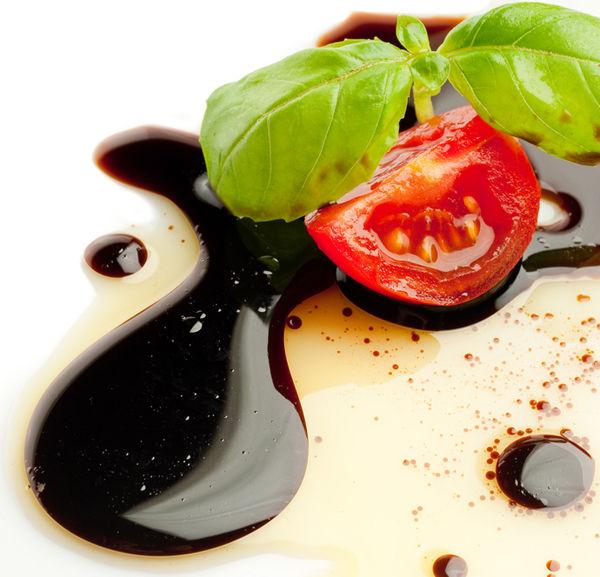
1 minute read
Best of Balsamic
When looking for a balsamic of quality look for the following based on how you will be using it. As an ingredient or a tasting enhancement? Then decide what you are willing to spend.
• Tradizionale (“traditional”) balsamic vinegar of Modena, made in Modena (Aceto Tradizionale di Modena) DOP
Advertisement
• Tradizionale (“traditional”) balsamic vinegar of Reggio Emilia, made in Reggio Emilia (Aceto Tradizionale di Reggio Emilia
• Balsamic vinegar of Modena (Aceto Balsamico di Modena) made in either Modena or Reggio Emilia IGP
• Condimento Grade Balsamic vinegar
Commercial Grade balsamic vinegar
Commercial grade balsamic vinegars are mass produced and aged for a minimum amount of time, if at all. Often found on grocery shelves, these vinegars are made from wine vinegar and often have caramel coloring, thickeners and flavor added to mimic a true balsamic. Commercial grade balsamic vinegars may be labeled as "Balsamic Vinegar of Modena" if they are, in fact, produced in that region but they are not recognized nor guaranteed as to authenticity according to Consortium standards.
Saba also known as vincotto is the twice removed cousin of balsamico. It is the unaged sweet syrup from grape must also popular since Roman times. Slow cooked until it thickens, saba approximates the consistency of a true balsamico but because it doesn’t go through the fermentation process it has a rounder, sweeter flavor than a balsamico. The word “saba” comes from the Latin word “sàpor” meaning taste.

Historically saba was used as a sugar substitute. As a sweet condiment, it still is used on fruit (strawberries pair very well), ice cream and other desserts, as a glaze on red meat, chicken, or fish (salmon). Not nearly as complex as genuine balsamico it makes a good drizzle on a parmigiano cheese or a creamy panna cotta. With a molasses like texture it is often used as a glaze for vegetables, meats or poultry.
Store and Pour
Traditional balsamic vinegar rarely spoils and will keep indefinitely if stored properly. On June 28, 1995, the Consortium opened a bottle of “Balsamico brusco”, dated 1785. It was declared to be in “a perfect state of conservation and intensely aromatic.”

Balsamico should be stored in a cool, dark place away from direct sunlight to best preserve the complexity of its flavors. Do not refrigerate. Cold can alter the flavor. Although the color may darken slightly and solids may precipitate out, this is normal and does not indicate spoilage.








